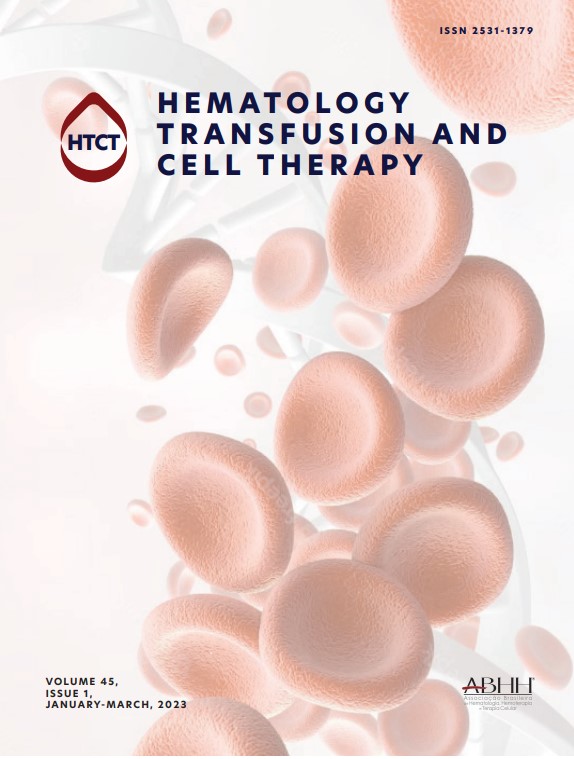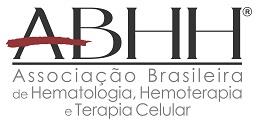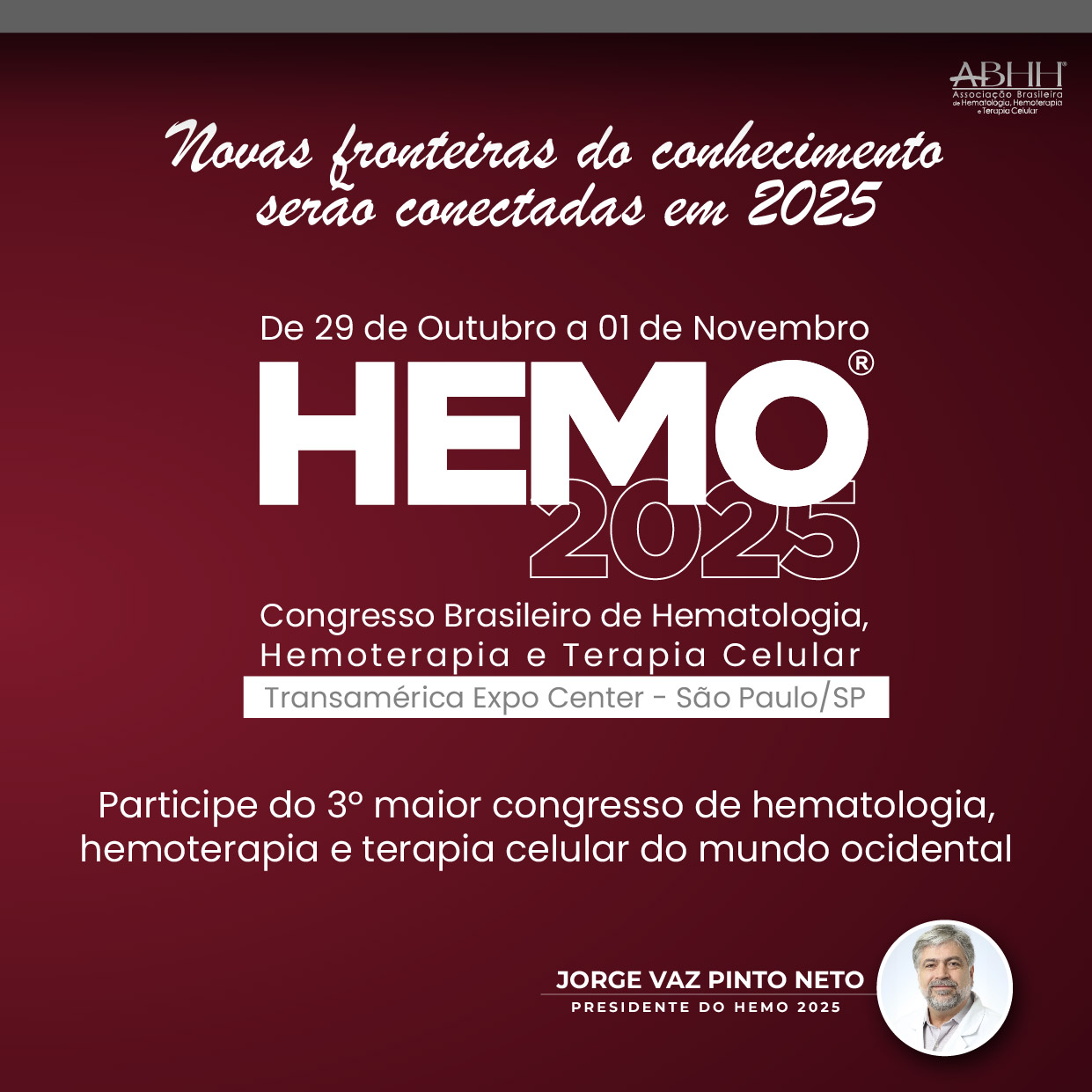Goals: Upfront Lenalidomide (LEN) until disease progression is a standard treatment (Tx) for newly diagnosed multiple myeloma, regardless of patient (pt) age and transplant eligibility. However, pts who have exhausted the benefit of LEN at first relapse are a growing population in need of effective Tx options. In the OPTIMISMM trial (NCT01734928), pomalidomide (POM), bortezomib (BORT), and dexamethasone (DEX; PVd) significantly improved PFS vs Vd (median, 20.7 vs 11.6 mos; hazard ratio = 0.54 [95% CI, 0.36-0.82]; p = .0027) in an analysis of pts at first relapse. Here we report the efficacy and safety of PVd by age, prior stem cell transplant (SCT) status, and presence of high-risk cytogenetic abnormalities (HR CAs; defined as del[17p], t[4;14], or t[14;16]) in pts treated after 1 prior line of therapy (LOT). Methods: Pts received PVd or Vd (1:1) in 21-day cycles (C). POM 4 mg/d on d 1-14 (PVd arm only); BORT 1.3 mg/m2 on d 1, 4, 8, and 11 of C 1-8 and on d 1 and 8 of C 9+; and DEX 20 mg/d (10 mg/d for pts aged > 75 yrs) on days of and after BORT. PFS was the primary endpoint. Results: 226 of 559 pts (40%) enrolled in OPTIMISMM had 1 prior LOT: 100 pts aged ≤ 65 yrs (49 PVd, 51 Vd) and 126 aged > 65 yrs (62 PVd, 64 Vd). In pts aged ≤ 65 yrs (PVd vs Vd), 55.1% vs 51.0% were LEN refractory and 83.7% vs 72.5% had prior BORT. In pts aged > 65 yrs, 59.7% vs 60.9% were LEN refractory and 41.9% vs 46.9% had prior BORT. After 1 prior LOT, PVd significantly improved PFS in pts aged ≤ 65 yrs (median, 22.0 vs 13.1 mos; HR = 0.49 [95% CI, 0.26-0.92], p =.0258) and those aged > 65 yrs (median, 17.6 vs 9.9 mos; HR = 0.57 [95% CI 0.34-0.97], p =.0369) vs Vd; data cutoff was 26 Oct 2017. In pts aged ≤ 65 yrs, ORR was 89.8% vs 54.9% (p <.001; ≥ VGPR 65.3% vs 17.6%) and in pts aged > 65 yrs, ORR was 90.3% vs 54.7% (p <.001; ≥ VGPR 58.1% vs 26.6%). Significant improvements in PFS and ORR with PVd vs Vd were also observed in pts with prior SCT (56 PVd, 54 Vd; median PFS, 22.0 vs 13.8 mos, p =.0241; ORR, 91.1% vs 57.4%, p < .001) or without prior SCT (55 PVd, 61 Vd; median PFS, 16.5 vs 9.5 mos, p =.0454; ORR, 89.1% vs 52.5%, p < .001). Pts with HR CAs had a median PFS of 14.7 mos with PVd (n = 18) vs 9.9 mos with Vd (n = 14); ORR was 94.4% vs 57.1% (p = .027), ≥ VGPR was 72.2% vs 35.7%. The most common grade 3/4 treatment-emergent adverse events (PVd vs Vd) were neutropenia (49.0% vs 6.3%), infections (system organ class; 30.6% vs 14.6%), and thrombocytopenia (26.5% vs 18.8%) in pts aged ≤ 65 yrs and neutropenia (25.8% vs 12.9%), infections (27.4% vs 16.1%), and thrombocytopenia (14.5% vs 22.6%) in pts aged > 65 yrs. Discussion: In pts with LEN-pretreated RRMM at first relapse, PVd reduced the risk of progression or death by 51% in pts aged ≤ 65 yrs and 43% in those > 65 yrs vs Vd, and led to significantly improved ORR and deeper responses. Similar outcomes were observed in pts regardless of prior SCT. Although limited by the number of pts, the high ORR and depth of response seen with PVd in pts with HR CAs are promising. The safety of PVd was consistent with the known profiles of POM, BORT, and DEX. Conclusions: These results support the use of PVd after first relapse in pts previously treated with LEN, regardless of age, prior SCT status, and presence of HR CAs.
O fator de impacto mede o número médio de citações recebidas em um ano por trabalhos publicados na revista durante os dois anos anteriores.
© Clarivate Analytics, Journal Citation Reports 2025
O CiteScore mede as citações médias recebidas por documento publicado. Mais informação
Ver maisSJR é uma métrica de prestígio baseada na idéia de que todas as citações não são iguais. SJR utiliza um algoritmo similar ao page rank do Google; é uma medida quantitativa e qualitativa ao impacto de uma publicação.
Ver maisSNIP permite comparar o impacto de revistas de diferentes campos temáticos, corrigindo as diferenças na probabilidade de ser citado que existe entre revistas de distintas matérias.
Ver mais





